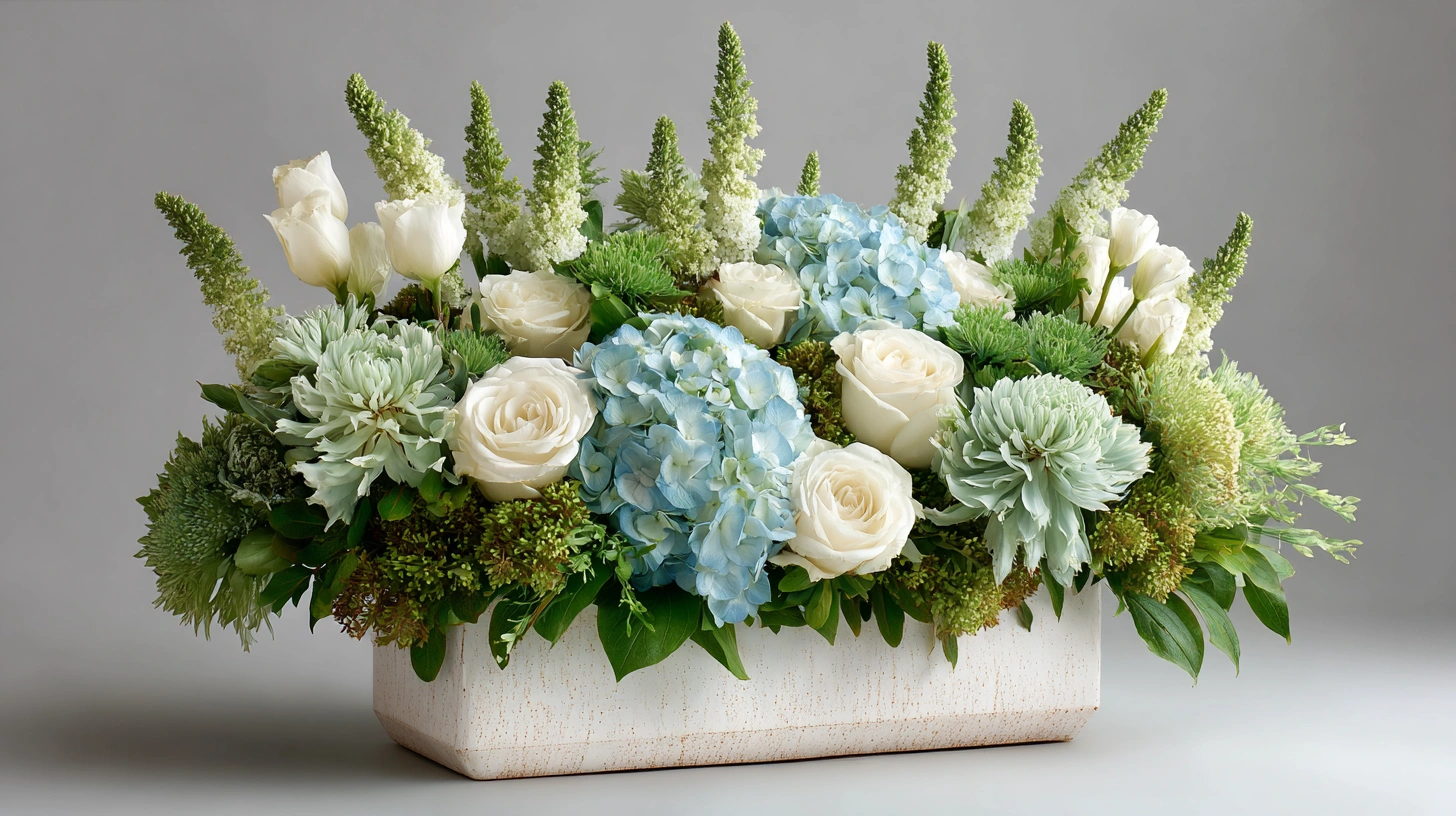
Yom Kippur, the Day of Atonement, holds a profound place in the Jewish tradition, serving as an opportunity for reflection, prayer, and repentance. Within this solemn observance, the incorporation of floral arrangements carries deep cultural and religious significance. Flowers are often regarded as a symbol of purity and peace, making them an ideal choice for this sacred day. The gentle presence of flowers can create an atmosphere of serenity, inviting contemplation and fostering a sense of connection to the divine.
Throughout Yom Kippur, floral arrangements are used to adorn synagogues and homes alike, emphasizing the importance of prayer and communal reflection. The aesthetic appeal of flowers uplifts the spirit and enhances the observance of this day, which focuses on seeking forgiveness and spiritual renewal. The choice of specific colors in these arrangements is particularly meaningful. White, for instance, symbolizes purity and innocence, representing the aspiration to cleanse the soul from past transgressions. Cream or ivory hues are associated with humility and sincerity, further embodying the essence of atonement.
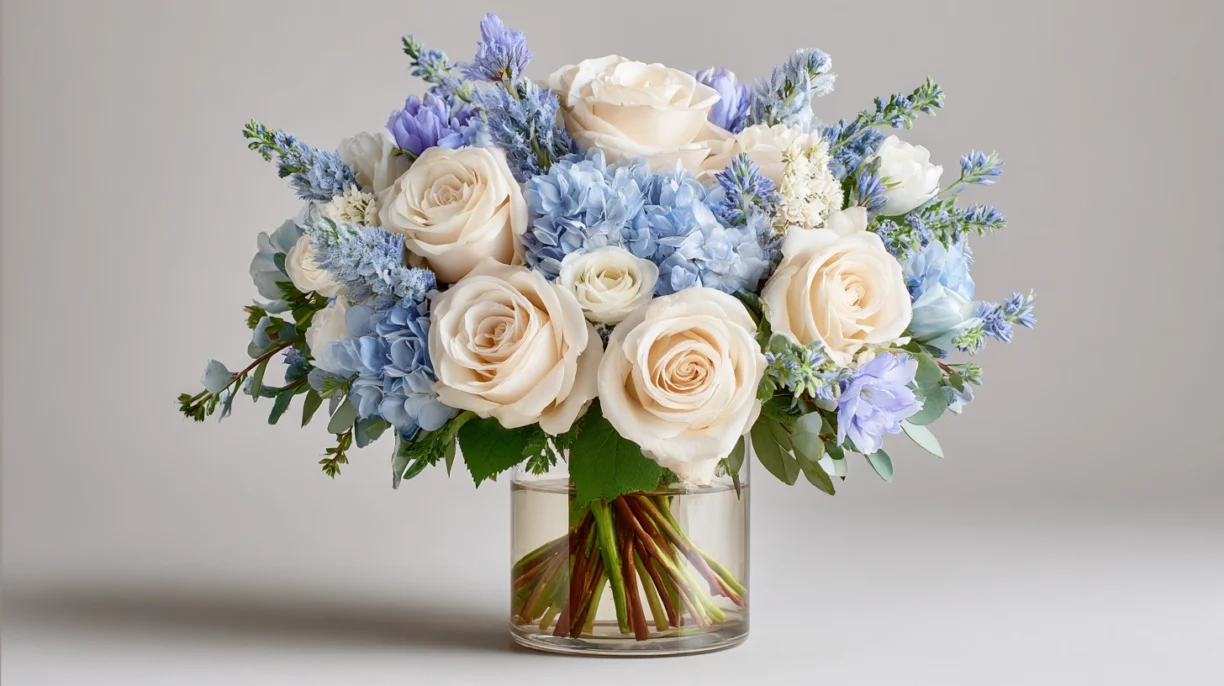
Pale blue flowers can also serve a symbolic role, evoking a sense of calm and tranquility that is often sought during Yom Kippur. The careful selection and arrangement of these colors are not merely decorative but rather integrate seamlessly into the themes of the holiday. By including such floral displays in their services and home environments, individuals create a sacred space that fosters introspection and elevates the experience of the day. Floral arrangements thus offer a beautiful expression of reverence, enriching the Yom Kippur observance through their natural beauty and profound symbolism.
Choosing the Right Flowers: A Guide to Minimalist Floral Arrangements
When it comes to celebrating Yom Kippur, floral arrangements can play a vital role in creating an atmosphere of serenity and reverence. The choice of flowers should reflect the significance of the occasion while adhering to a minimalist design philosophy. This approach is not only aesthetically pleasing but also emphasizes the beauty of simplicity, allowing one’s focus to remain on the spiritual aspects of the day.
Traditionally, lilies and white roses are favored choices for Yom Kippur, symbolizing purity and renewal. These flowers are often used in arrangements that convey a feeling of calmness and peace. Their understated elegance aligns well with the solemn nature of the holiday, which encourages reflection and introspection. Additionally, the use of greenery, such as eucalyptus or ferns, can enhance these arrangements, providing a soft, textured backdrop that complements the flowers without overwhelming them.
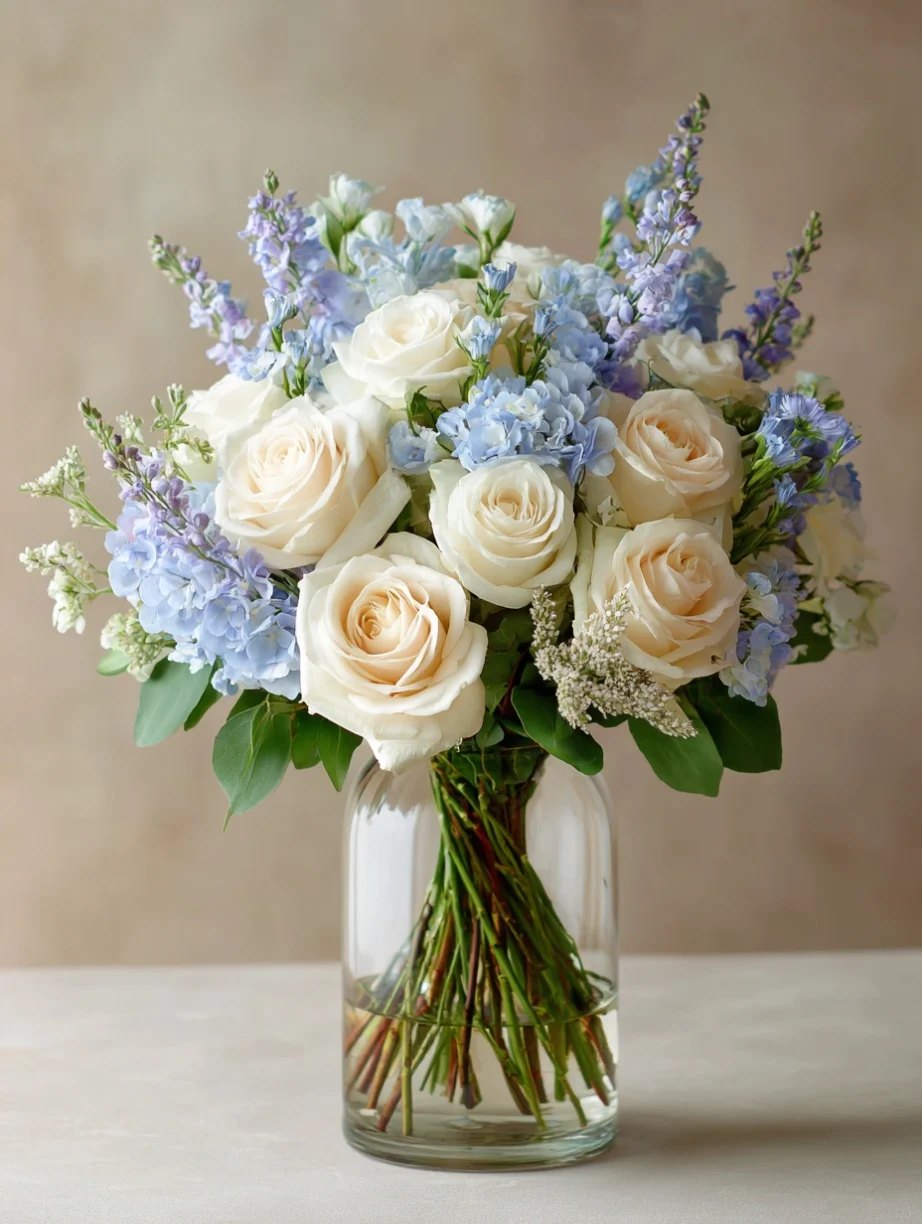
To create a minimalist arrangement, consider choosing a single type of flower or a small selection of complementary blooms. For example, a simple bouquet of white lilies can serve as a stunning centerpiece, while a cluster of roses interspersed with delicate foliage can evoke a sense of tranquility. It is essential to focus on balance and proportion; thus, using fewer blooms helps maintain an uncluttered appearance.
Furthermore, presentation plays a crucial role in enhancing the overall impact of your floral arrangements. Selecting clear or light-colored vases can accentuate the delicate hues of the flowers, reinforcing the theme of purity. By employing techniques such as layering blossoms and greenery, one can achieve an arrangement that not only looks beautiful but also invites contemplation, perfectly aligning with the introspective nature of Yom Kippur.
Color Palette for Yom Kippur: Understanding the Power of White, Cream, and Pale Blue
The color palette for Yom Kippur is characterized by a sense of serenity and reverence, making it essential to choose floral arrangements that resonate with the occasion’s spiritual atmosphere. The primary colors associated with this solemn holiday are white, cream, and pale blue. Each of these colors embodies specific meanings and emotional connotations that enhance the overall experience during Yom Kippur.
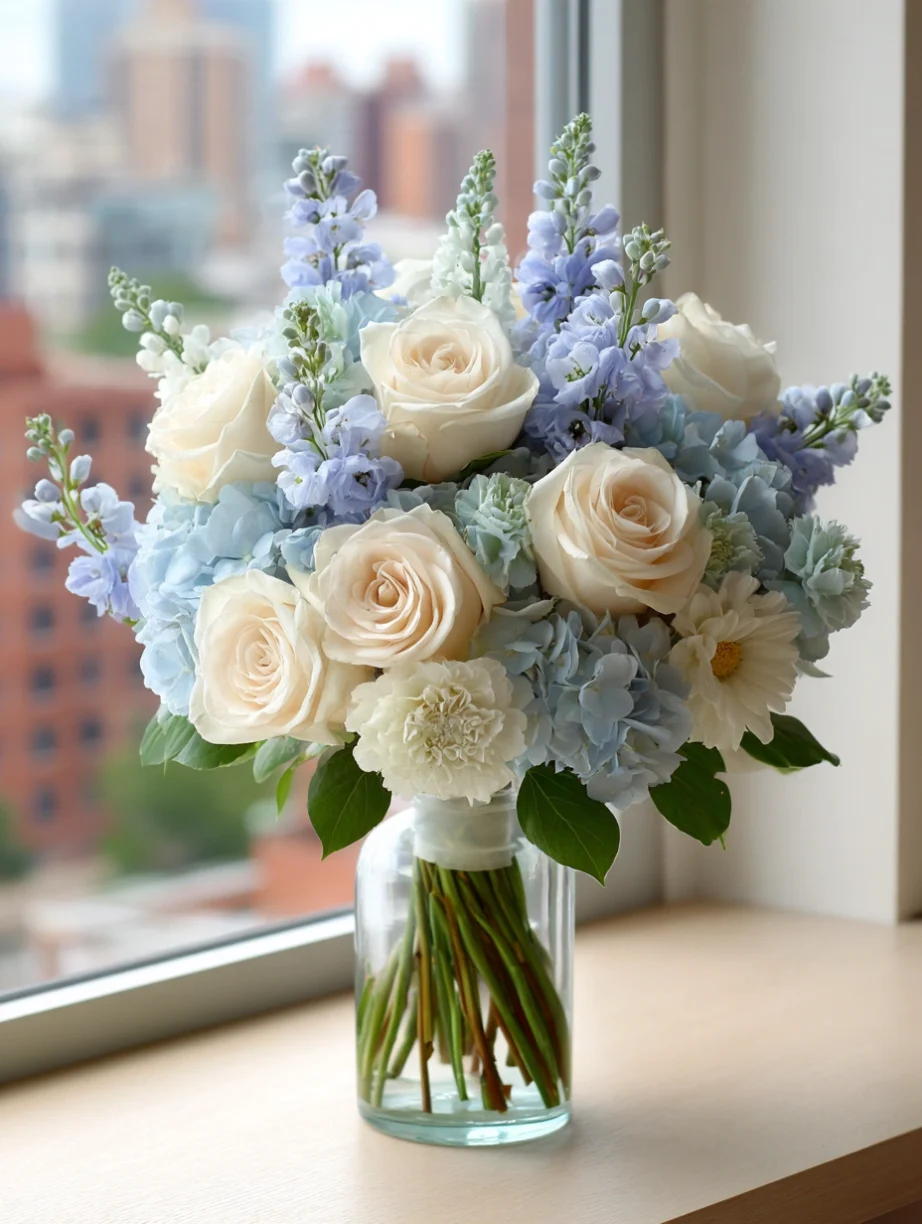
White flowers are often regarded as a symbol of purity, innocence, and new beginnings. In the context of Yom Kippur, they can represent the cleansing of the soul and the hope for forgiveness. Arranging white florals, such as lilies or roses, can create a serene backdrop for the observance, drawing attendees into a contemplative mood. Similarly, cream or ivory flowers, like calla lilies or peonies, carry a warm undertone that evokes feelings of comfort and peace. The subtle elegance of these tones makes them ideal for complementing the solemnity of Yom Kippur services.
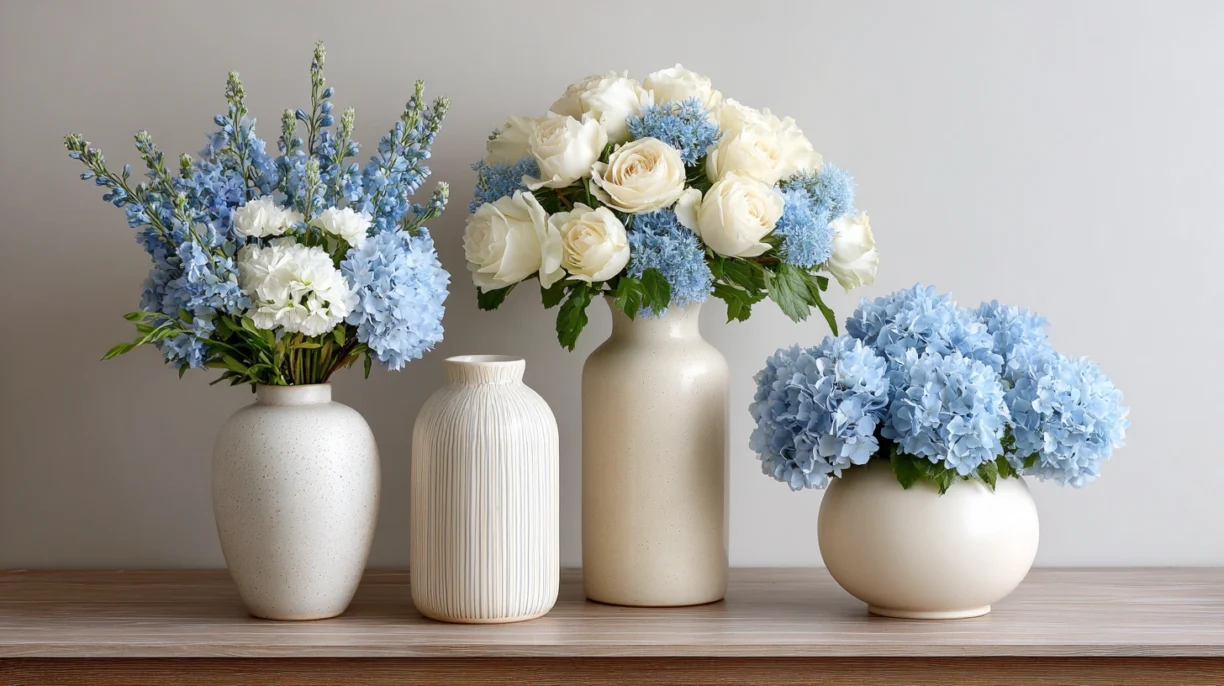
Pale blue, though less common, adds a touch of tranquility to the floral arrangements. This color can symbolize spirituality, reflecting the heavens and inviting a sense of calm. Integrating pastel blue delphiniums or hydrangeas can enhance the impact of the overall design, creating a tranquil space for reflection and prayer. When combining these colors, it is essential to maintain a balanced aesthetic, ensuring that each shade harmonizes without overshadowing the others.
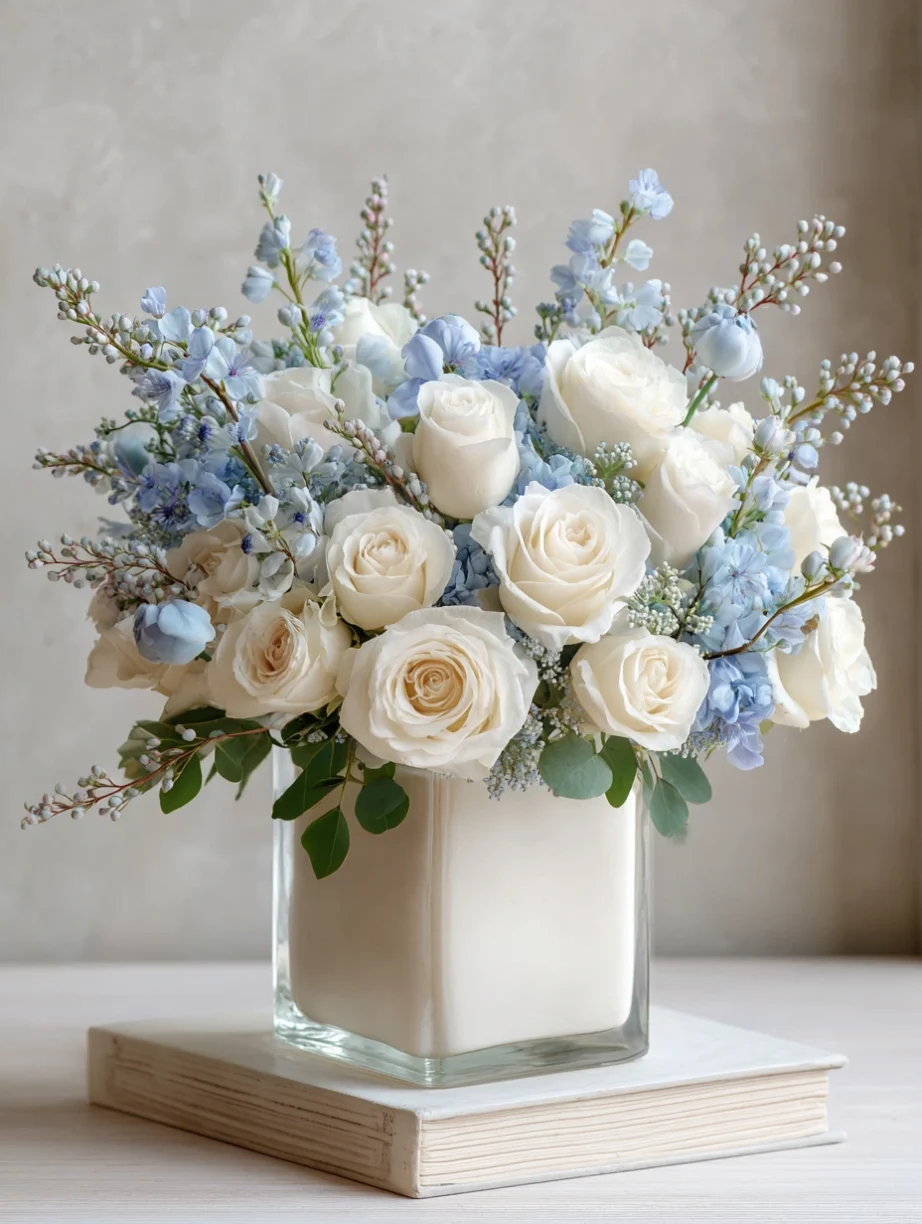
Incorporating these colors tastefully can be achieved through thoughtful selection and arrangement. A harmonious combination of white, cream, and pale blue will not only emphasize the beauty of the sanctuary but also provide an appropriate floral representation of the themes of Yom Kippur. Ultimately, this color palette promotes an environment that fosters introspection and reverence, aligning perfectly with the spirit of the holiday.
Creating Sacred Spaces: Arranging Flowers for Home Observance and Synagogue Décor
Floral arrangements play an integral role in creating serene environments during Yom Kippur, both at home and within synagogues. The arrangement of flowers can evoke a sense of peace and reflection, resonating with the spiritual essence of this holy day. When preparing your space, consider incorporating flowers that symbolize purity and forgiveness, such as white lilies, delicate roses, and seasonal blooms that reflect the colors of the holiday.
In personal home observances, placement is crucial for maximizing the impact of floral arrangements. Begin with your dining table, where families gather for the Yom Kippur meal. A central flower arrangement can serve as a focal point, enhancing the ambience of the occasion. Additionally, consider placing smaller arrangements in entryways or near windows, allowing the beauty of the flowers to be admired by both guests and family members. In the synagogue, arrangements can beautify altars, Bimahs, and community gathering areas. Here, more substantial arrangements can symbolize congregational unity and reverence as individuals come together in prayer.
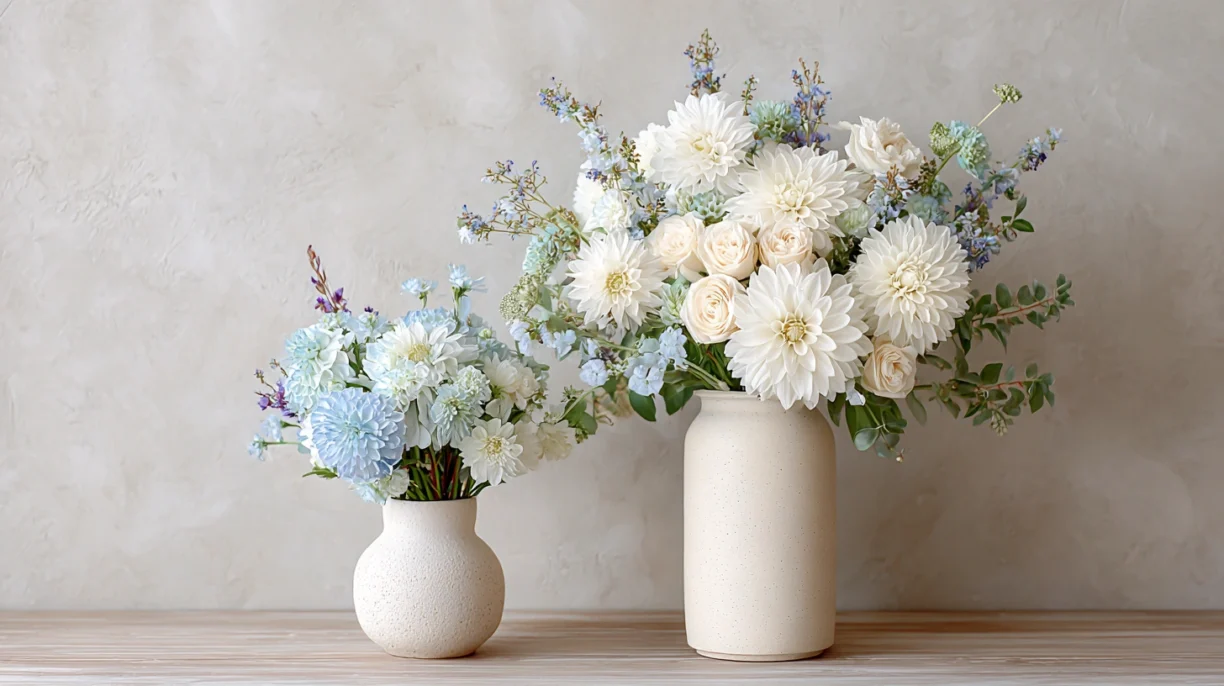
As Yom Kippur unfolds, maintaining the vibrancy of floral arrangements is essential. To optimize their longevity, choose fresh, high-quality blooms and keep them well-hydrated. Utilizing floral preservatives can also enhance the arrangement’s lifespan. In conjunction with flowers, the use of candles further enhances the ambiance, bringing warmth and tranquility to the space. Strategically placing candles alongside floral displays creates a visually appealing and spiritually uplifting environment. The soft glow of candlelight, combined with fragrant flowers, invites reflection and connection to the essence of the holiday.
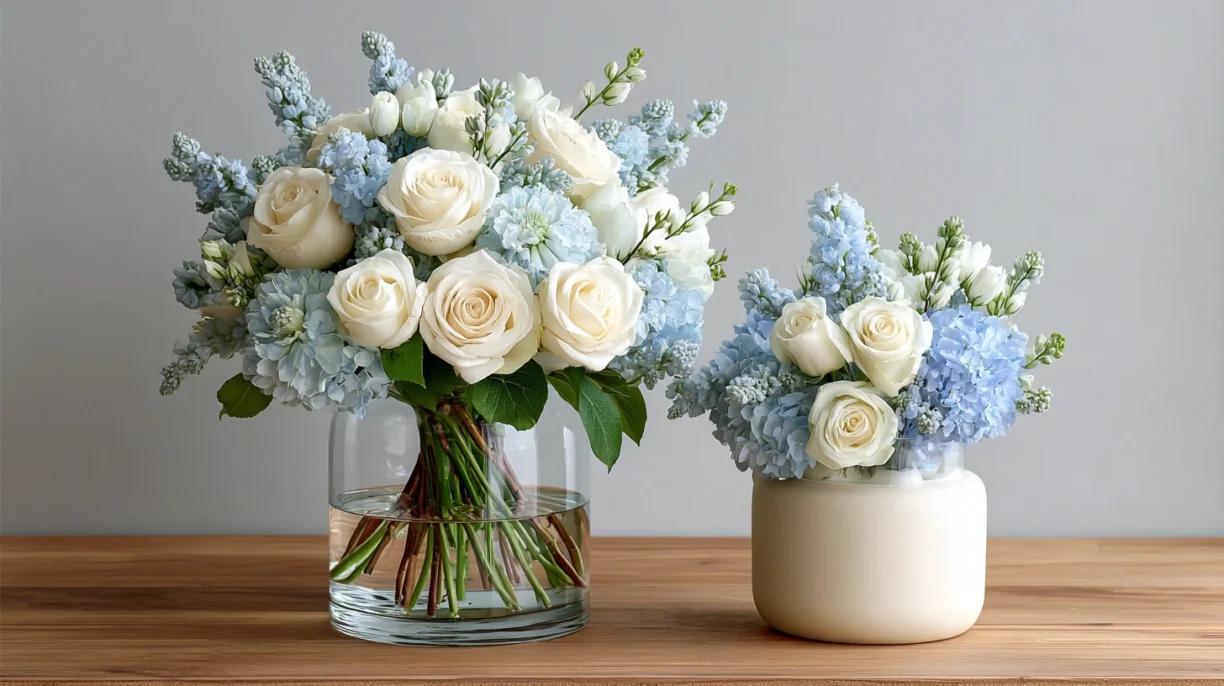
Through thoughtful arrangements and mindful placement, floral displays can transform spaces into sacred retreats that honor the significance of Yom Kippur, fostering a deeper sense of serenity and reverence.
